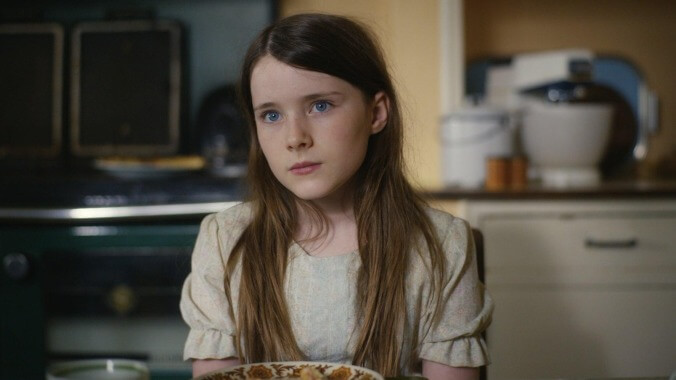The Quiet Girl review: well-meaning film needs to make a little noise
Ireland’s Oscar nominee for Best International Feature follows a young girl escaping her dysfunctional family

The Irish drama The Quiet Girl often seems like an exceptionally well-made Lifetime movie. Its lyrical imagery and overall aloofness warrant a serious look, yet of the five nominees for this year’s Best International Feature Film Oscar it’s clearly the one with the lowest stakes. While there is not much fault to be found, the film is slight even when held up against a donkey’s journey in Poland’s Oscar nominated EO. Writer-director Colm Bairéad faithfully adapts Claire Keegan’s 2010 novella, Foster, but the film needs more of the keen observations by its 9-year-old protagonist that made the source material stand out.
As with the novella, the film’s setting isn’t explicitly announced, though in fact it’s 1980s rural Ireland. In the opening scene, Cáit (Catherine Clinch) hides from her mother, Máire (Kate Nic Chonaonaigh), and her siblings after a bed-wetting incident. She looks as if she’d prefer to vanish from the face of the Earth. As soon as her dad (Michael Patric) arrives, the girls hush up as if he has a hair-trigger temper, though we don’t witness any outbursts firsthand. His worst transgressions appear to be gambling and adultery. At school, Cáit struggles to read and gets called a weirdo, though no overt bullying is shown. She simply likes to keep to herself although she can’t help drawing unwanted attention.
As Máire nears the birth of her sixth child, she and her husband decide to send Cáit away for the summer to live with Máire’s distant relatives, Eibhlín (Carrie Crowley) and Seán (Andrew Bennett), who are virtual strangers. Eibhlín warmly greets Cáit upon her arrival, while her dad is so eager to bolt after dropping Cáit off that he neglects to offload her luggage from his trunk. Eibhlín and Seán’s house is noticeably brighter and cleaner than Cáit’s. Eibhlín washes the youngster up nicely and dotes on her, unfazed even by her incontinence. She just needs some minding, they rightly assume, and soon the nocturnal bedwetting miraculously goes away.
Cáit is thoughtful and eager to learn the various chores to be done. In the film’s most efficient scene, she wanders off while Seán is scrubbing the floor of a milking parlor with a push broom. Seán is understandably upset, but, unbeknown to him, she’s been looking for another push broom so she can pitch in.

 Keep scrolling for more great stories from A.V. Club.
Keep scrolling for more great stories from A.V. Club.